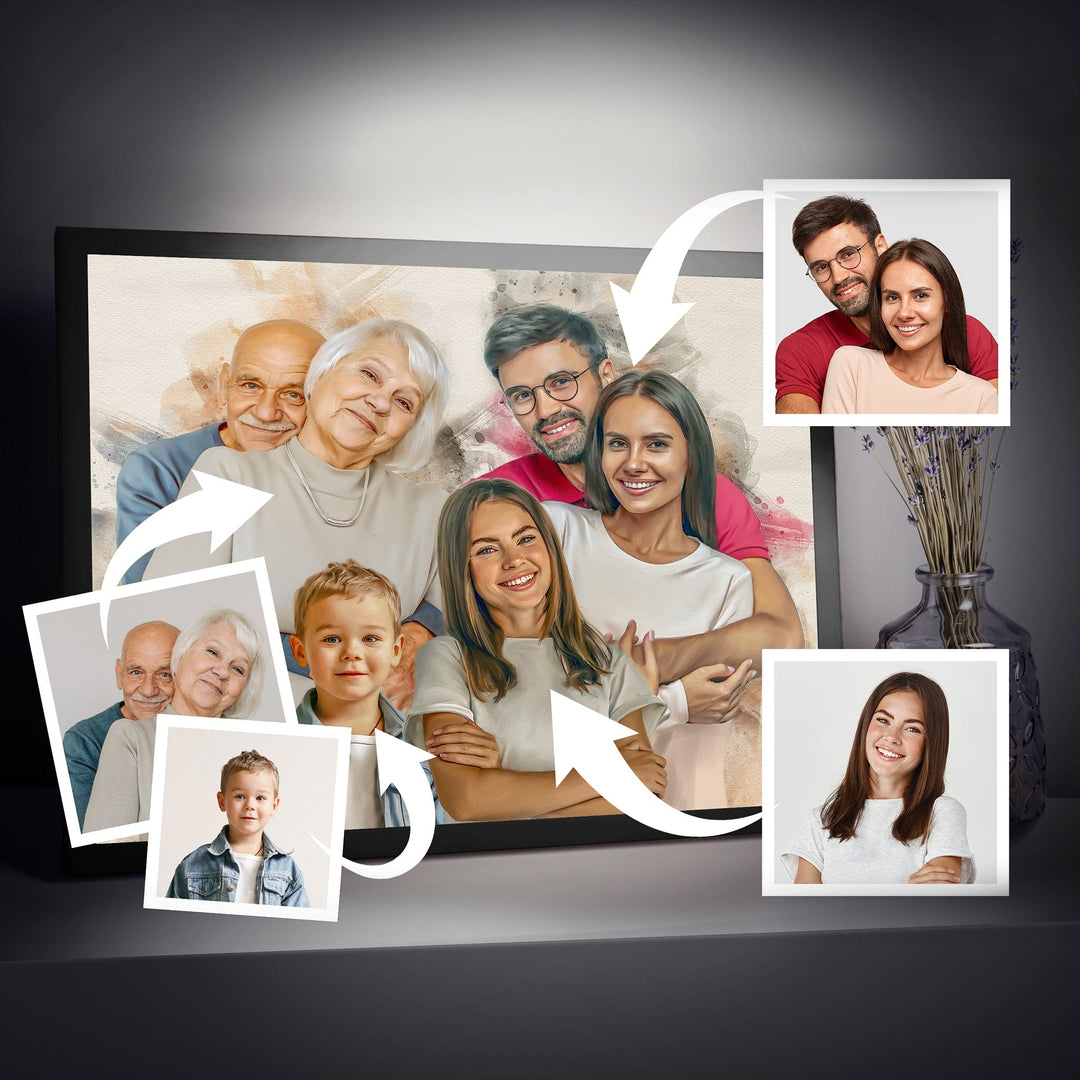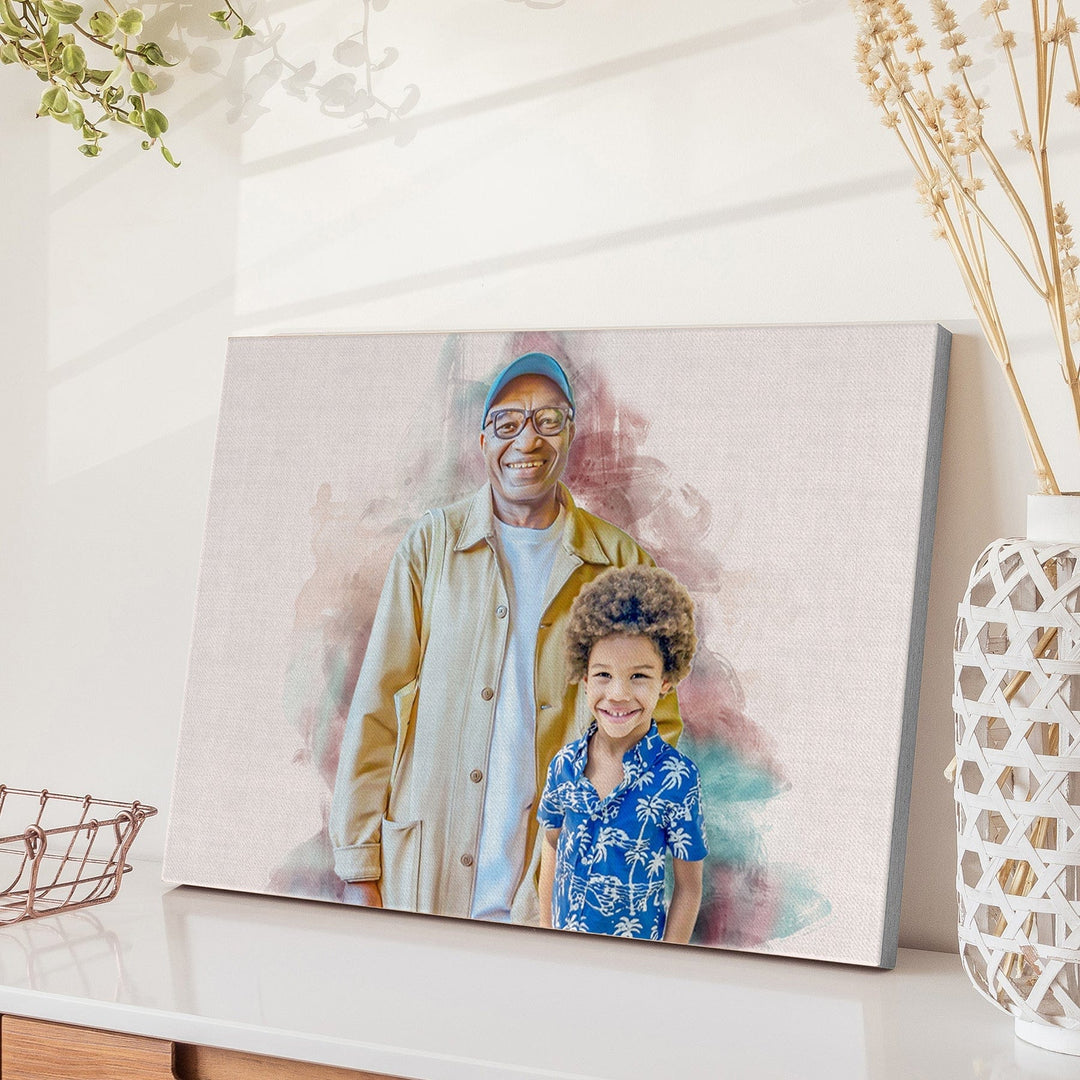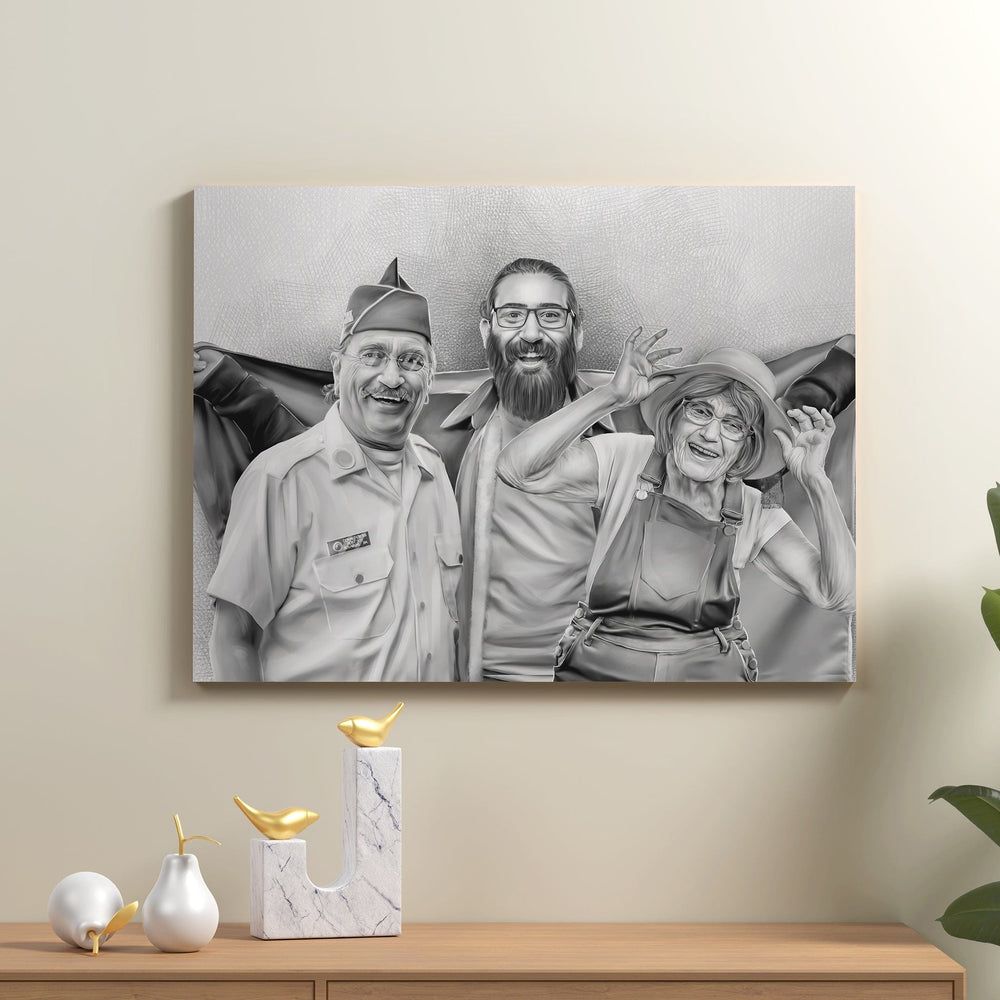Traditional Art vs Digital Art: Is One Better Than The Other

Painting has been a popular form of art since the dawn of time. Since the advent of computers and other digital devices, art has changed and taken on new forms to reflect how fast-paced modern life is. The popularity of digital artwork has increased. Numerous forms of digital art have emerged, and new forms are constantly being developed.

(Photo by Pixabay from Pexels)
If you're having trouble telling what is better, read on for a discussion of the key distinctions between Traditional vs Digital Art and the benefits and drawbacks of each.
Knowing the Differences
What distinguishes traditional art from digital art? The straightforward answer is that traditional art employs established mediums that have existed and been refined over time. While digital art produces art using digital technologies. Additionally, digital art is far more tolerant of errors, as artists can easily undo and try again if they make a mistake. For instance, an artist painting in Photoshop may simply repair an error, whereas an artist painting on canvas cannot.
What Is Traditional Art
Traditional Art typically refers to kinds of art that are part of the culture of a particular group of people, with artists passing on their skills and knowledge to apprentices. It involves the use of tangible materials contrary to digital art. Traditional artwork can take the shape of painting, sculpture, and mixed media, giving it a higher aesthetic relevance and worth.

(Photo by Mehmet Turgut Kirkgoz from Pexels)
Advantages of Traditional Art
- Original Physical Artwork: Original works of art are frequently valued higher than reproductions or digital files.
- Problem Solving: It is regarded that traditional art is a problem-solving practice. As there is no undo function, any mistakes must be corrected by the user.
- Versatility: You may modify, combine, add to, subtract from, and employ various materials to produce your final physical output.
Disadvantages of Traditional Art
- Not Portable. Many traditional works of art used vast quantities of materials that are nearly difficult to replenish from their actual space.
- Mistakes are hard to remove. Mistakes cannot be undone; they can only be acknowledged or concealed.
- Equipment/Materials. When supplies for your traditional artwork run out, you must purchase more.
What Is Digital Art
Digital art refers to creations made with digital information and computational technology. There is only one medium available, and the goal is to display the thoughts, feelings, or messages for the benefit of an audience or the artist's own satisfaction.
Similarly, digital paintings can be regarded as an art form because they allow artists to express their emotions. The subcategories of digital art include digital paintings, pictures, movies, and animations.

(Photo by Katya Wolf from Pexels)
Advantages of Digital Art
- Better access. Many students already have a device like a tablet, an iPad, a touch-screen phone, or a laptop that lets them make digital art with just a few tweaks.
- Accessibility of the Undo Button. Nothing is permanent in digital art when the undo button is accessible.
- Convenient. This type of art is ideal for those who are just beginning their careers as painters or artists.
- Shareability. You can instantly share digital art on social media or send it to someone for immediate consumption because it is already stored on your devices.
Disadvantages of Digital Art
- No Original Copy. Anyone can replicate your design or artwork and add their name to generate promotional materials.
- Too Easy. Some claim that the undo button makes digital art too simple, but that's a misbelief. Good digital artwork still requires a high level of talent in the principles of art.
Differences of Traditional and Digital Art
The conflict between digital and traditional art will continue for a considerable time. Digital art production differs significantly from traditional art in important ways. The list below will enlighten you on the key distinctions between traditional and digital art:
- Traditional art is physical. It is created with a material such as paper, canvas, paints, sand, or clay. Any surface you encounter can be used to create traditional art.
- Digital art is virtual. It is produced using technological means and is entirely virtual. This means that it can only be created and viewed on screens.
Though different methods, all brush options for digital and traditional art still necessitate the use of a wide assortment of brushes to achieve the desired effects.
Is One Better Than the Other?
Whether digital art is superior to or on par with traditional art does not require a definite response. Blending drawing on paper and digital techniques broadens the artist's horizons and the viewer's exposure to the masterpiece. You can precisely express yourself in countless ways across both platforms.
Art is not just what you see but what you make other people see; this is true whether the medium is traditional or digital. We at Memorialize Art are happy to help you send a piece of art to a loved one in a meaningful way. Get in touch with us immediately, and we'll do everything possible to give you the best portrait services.










